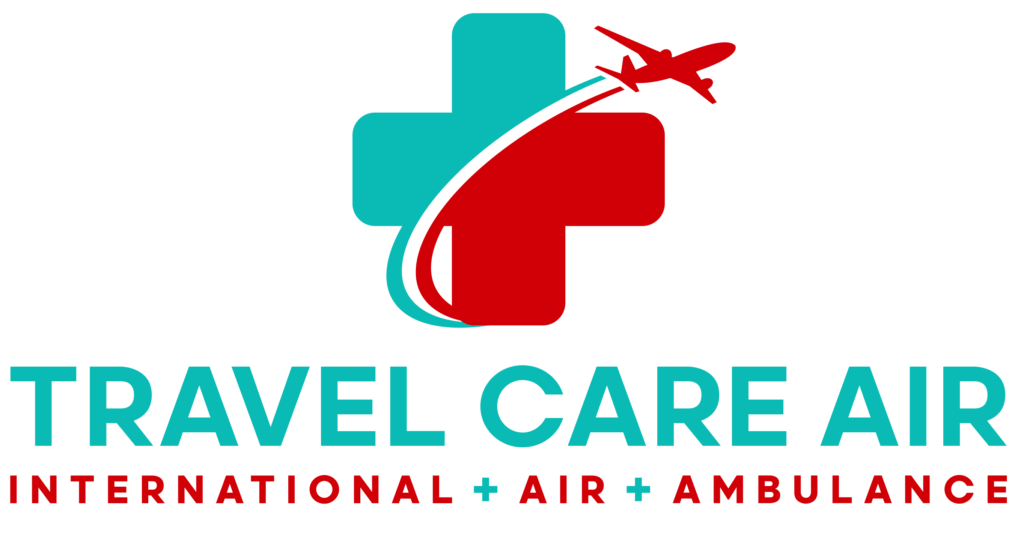Medevac pilot training demands precision, judgment, and calm under pressure. Pilots fly in tough weather, at night, and into unfamiliar airfields—all while coordinating with medical crews. If you’re exploring this career, use the guide below to map your path and build the right experience.
Core requirements and mindset
-
Safety first. You make go/no-go calls, manage risk, and brief crews clearly.
-
IFR proficiency. Expect instrument flying in low visibility and at odd hours.
-
Crew resource management (CRM). Communicate, delegate, and stay ahead of the aircraft.
-
Medical mission awareness. Understand patient priorities and ground-ambulance timing.
Education and early prep
Start early when possible. In high school, lean into math, physics, and aviation clubs. In college or flight school, pair aeronautical coursework with weather, human factors, and decision-making classes. Consider ROTC or aviation programs that include structured flying.
Licenses and minimums (typical targets)
While operators vary, medevac pilot training usually leads to:
-
Private Pilot → Instrument Rating → Commercial Pilot
-
Multi-Engine Add-On (for most fixed-wing operations)
-
ATP (often preferred/required for captains)
-
First-Class FAA Medical (keeps options open)
-
1,000+ hours TT as a common threshold; more is better for competitive bases
Helicopter tracks will emphasize Commercial Rotorcraft + Instrument (Helicopter), NVG currency, and mountain/Confined Area Ops.
Military, civilian, or hybrid paths
-
Military route: Intensive training, real-world missions, robust CRM, and leadership experience. Requires a multi-year commitment.
-
Civilian route: Part-time or full-time flight schools; build hours as a CFI, pipeline, Part 135, or cargo pilot.
-
Hybrid: Earn ratings civilian-side, then add specialized courses (NVG, mountain, icing operations) and Part 135 experience.
Specialized medevac skills to add
-
Night-vision goggle (NVG) operations (for HEMS/rotorcraft)
-
Mountain and short-field technique
-
Icing awareness and de/anti-ice systems (fixed-wing)
-
Scenario-based SIM for IFR emergencies and crew coordination
-
SMS and risk-assessment tools (PAVE, IMSAFE, FRATs)
Building competitive experience
-
Log actual IFR time, not just simulated.
-
Seek multi-crew operations to sharpen CRM.
-
Fly line-oriented scenarios in simulators.
-
Study weather and dispatch to improve preflight risk calls.
-
Practice sterile cockpit discipline and concise radio work.
Application tips and hiring reality
Operators tend to be selective. Highlight:
-
Clean record: no accidents, incidents, or violations.
-
Currency: instrument, night, and (if rotor) NVG.
-
Professional references from check airmen or chief pilots.
-
Training history that shows progression and recurrent checks.
Life on the line
Schedules often include nights, weekends, and rapid launches. You’ll brief with clinicians, monitor weather trends, and make conservative calls when conditions deteriorate. The mission is meaningful—and the standard is high.
Next steps and resources
-
Map your gap: which ratings or hours do you still need?
-
Book recurrent SIM time for IFR edge cases.
-
Add a specialty course (NVG, mountain, icing) this quarter.
-
Talk with current medevac pilots about base culture and SOPs.
For a complementary perspective, read How to Become a Medevac Pilot and explore team roles in Who Are the Medical Professionals on an Air Ambulance Team?.
Bottom line: With focused medevac pilot training, disciplined risk management, and strong CRM, you’ll build the skills to fly patients safely—any time, any weather.
